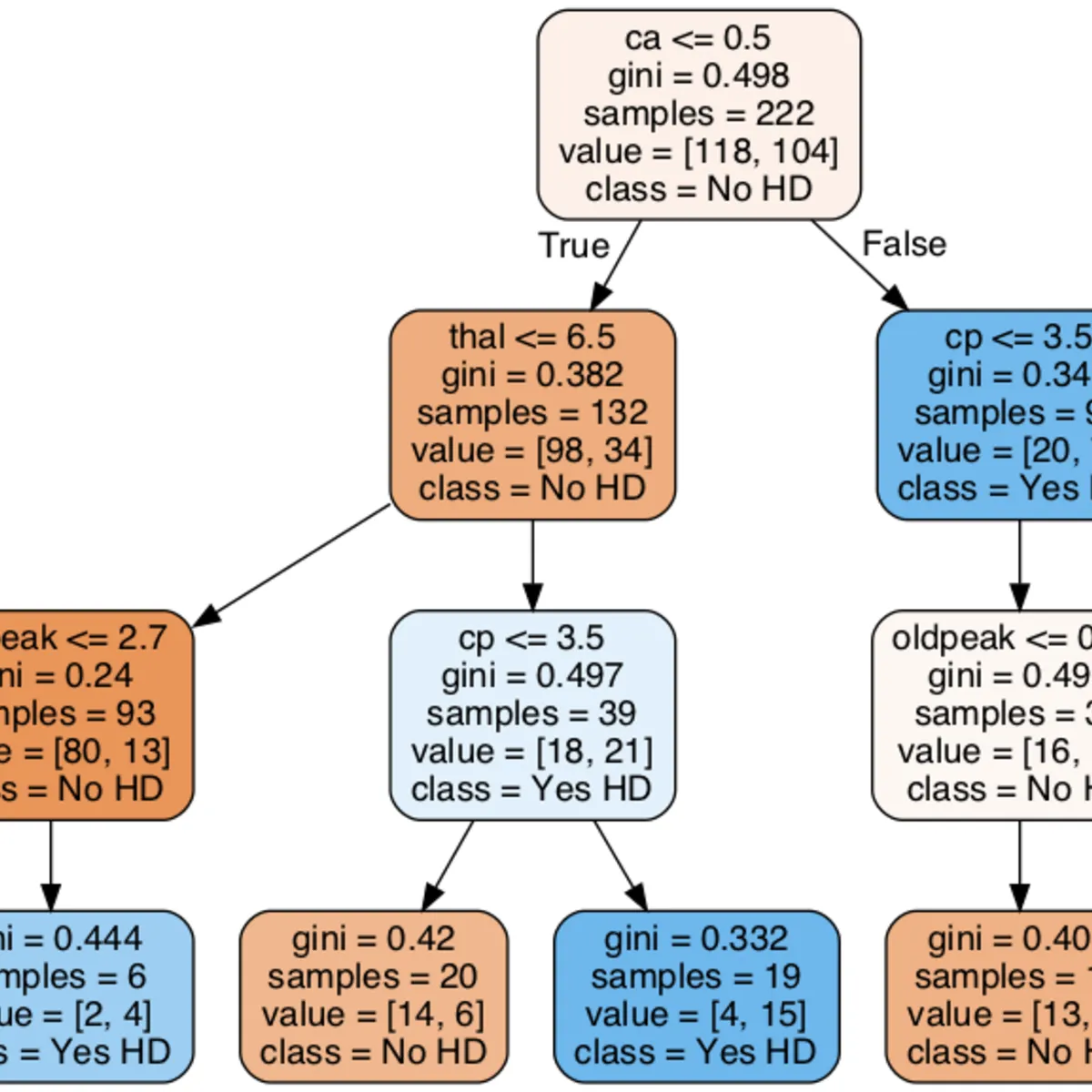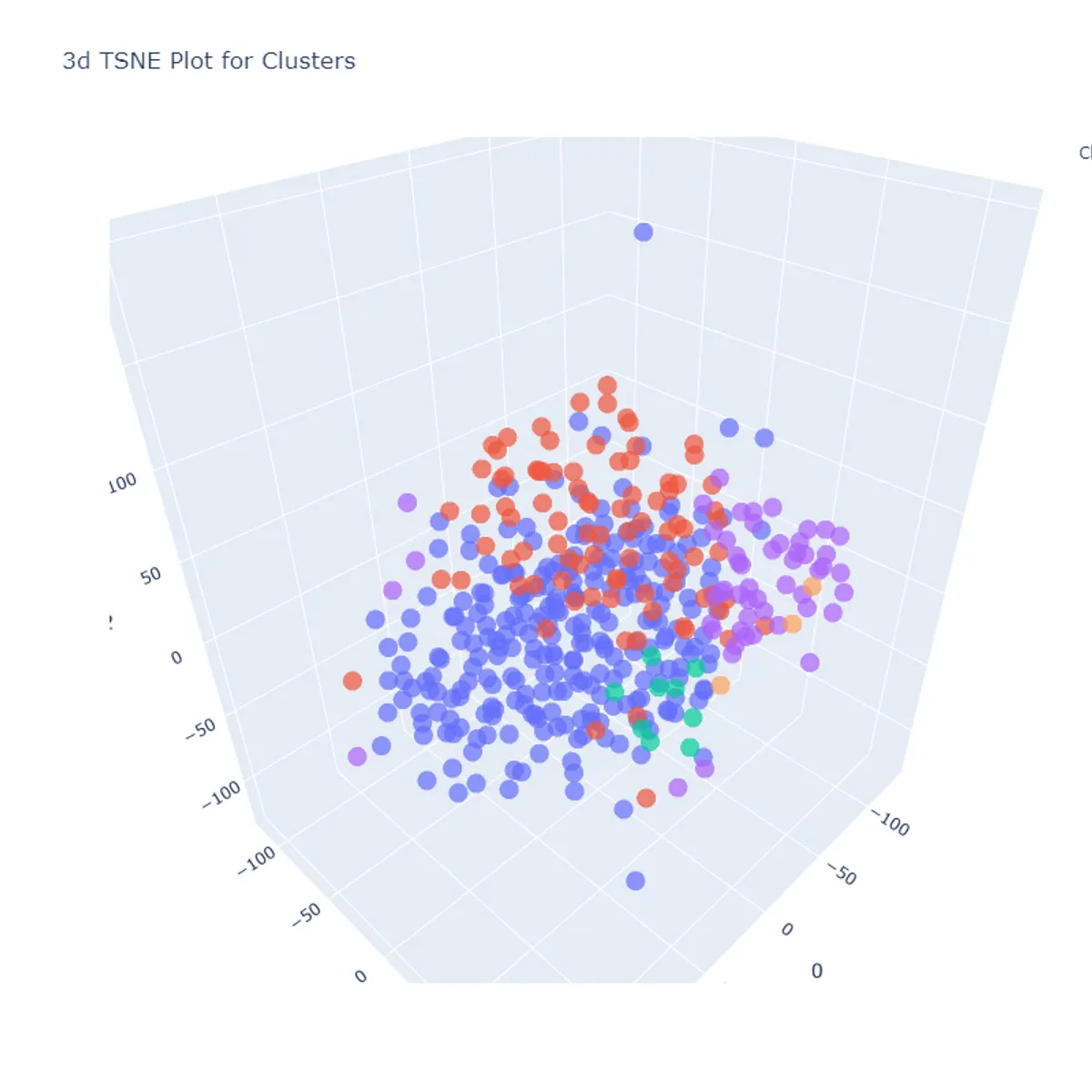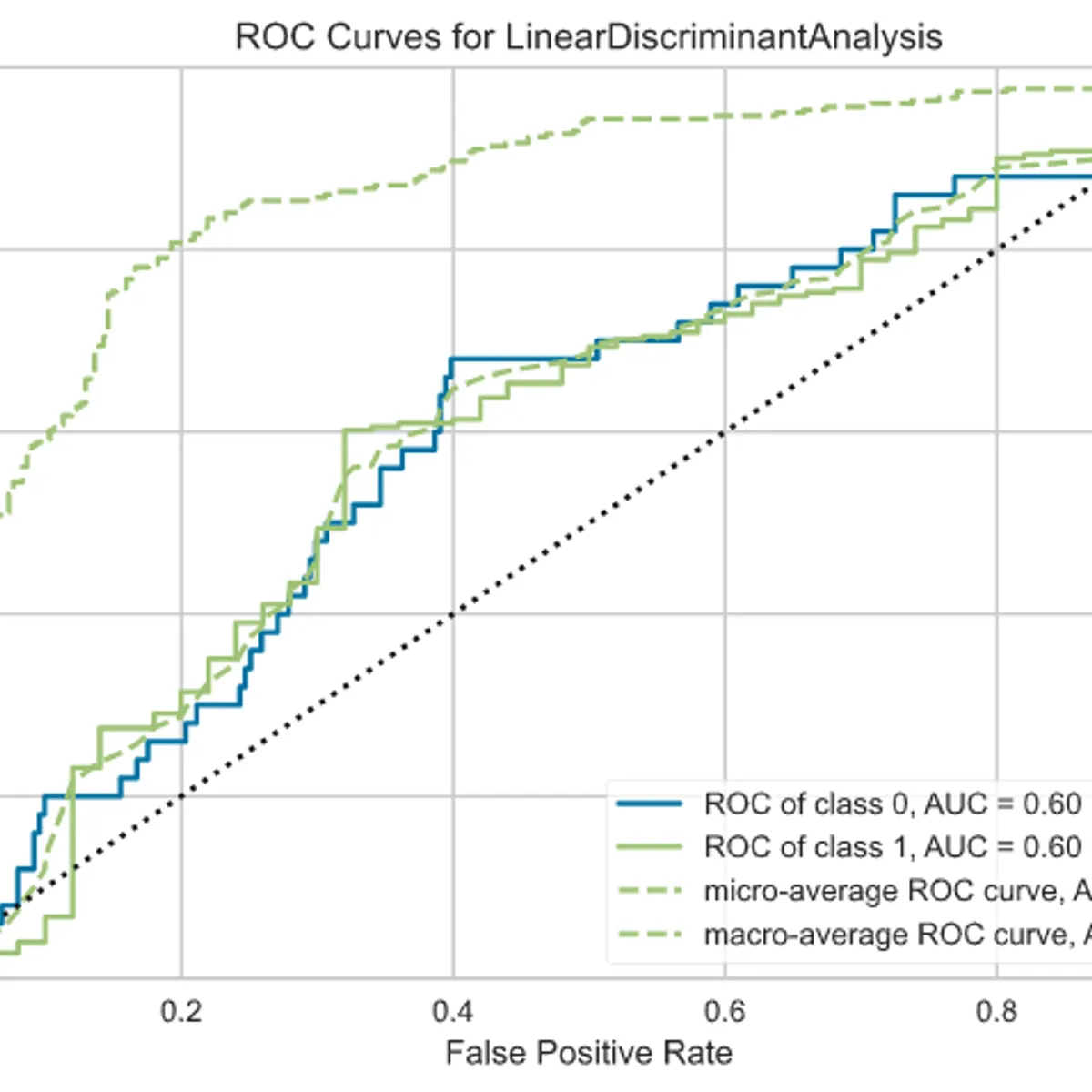
Support Vector Machines with scikit-learn 
Learn the ins and outs of support vector machines (SVMs) with scikit-learn in this hands-on project. Discover the power of SVMs, a class of supervised linear models, and gain the intuition behind their functioning. With the help of Python and scikit-learn, you'll be able to apply SVMs to your own classification tasks, including building a simple facial recognition model. This course, available on Coursera's Rhyme platform, provides instant access to pre-configured cloud desktops with all the necessary software and data. Don't miss out on this opportunity to enhance your machine learning skills. ▼
ADVERTISEMENT
Course Feature
![]() Cost:
Cost:
Paid
![]() Provider:
Provider:
Coursera
![]() Certificate:
Certificate:
Paid Certification
![]() Language:
Language:
English
![]() Start Date:
Start Date:
24th Jul, 2023
Course Overview
❗The content presented here is sourced directly from Coursera platform. For comprehensive course details, including enrollment information, simply click on the 'Go to class' link on our website.
Updated in [September 19th, 2023]
What does this course tell?
(Please note that the following overview content is from the original platform)
In this project, you will learn the functioning and intuition behind a powerful class of supervised linear models known as support vector machines (SVMs). By the end of this project, you will be able to apply SVMs using scikit-learn and Python to your own classification tasks, including building a simple facial recognition model.This course runs on Coursera's hands-on project platform called Rhyme. On Rhyme, you do projects in a hands-on manner in your browser. You will get instant access to pre-configured cloud desktops containing all of the software and data you need for the project. Everything is already set up directly in your internet browser so you can just focus on learning. For this project, you’ll get instant access to a cloud desktop with Python, Jupyter, and scikit-learn pre-installed. Notes: - You will be able to access the cloud desktop 5 times. However, you will be able to access instructions videos as many times as you want. - This course works best for learners who are based in the North America region. We’re currently working on providing the same experience in other regions.We consider the value of this course from multiple aspects, and finally summarize it for you from three aspects: personal skills, career development, and further study:
(Kindly be aware that our content is optimized by AI tools while also undergoing moderation carefully from our editorial staff.)
What skills and knowledge will you acquire during this course?
During this course, the learner will acquire the skills and knowledge necessary to understand the functioning and intuition behind support vector machines (SVMs), a powerful class of supervised linear models. They will learn how to apply SVMs using scikit-learn and Python to their own classification tasks, including building a simple facial recognition model. By the end of the course, the learner will be able to confidently use SVMs in their own projects and have a solid understanding of how they work. Additionally, they will gain experience working with scikit-learn, a popular machine learning library, and Python, a widely-used programming language in the field of data science. The course is designed to be hands-on, allowing the learner to practice their skills in a real-world setting using a cloud desktop environment. Overall, this course will provide the learner with valuable skills and knowledge in support vector machines and their application in classification tasks.
How does this course contribute to professional growth?
This course on Support Vector Machines with scikit-learn contributes significantly to professional growth. By completing this course, individuals will gain a deep understanding of the functioning and intuition behind support vector machines, a powerful class of supervised linear models. This knowledge can be applied to various classification tasks, including building a simple facial recognition model.
The course provides hands-on experience through Coursera's Rhyme platform, allowing learners to work on projects directly in their browser. This practical approach enables individuals to apply SVMs using scikit-learn and Python to real-world scenarios, enhancing their problem-solving skills and technical proficiency.
Moreover, the course offers instant access to pre-configured cloud desktops containing all the necessary software and data. This eliminates the need for learners to set up their own environments, saving time and allowing them to focus solely on learning and practicing SVMs.
By completing this course, professionals can expand their skill set and become proficient in using SVMs for classification tasks. This knowledge can be applied in various industries and domains, such as finance, healthcare, and image recognition. Additionally, the ability to work with scikit-learn and Python further enhances one's programming skills, which are highly valued in the job market.
Overall, this course on Support Vector Machines with scikit-learn provides a comprehensive learning experience that contributes to professional growth by equipping individuals with the knowledge, skills, and practical experience necessary to apply SVMs effectively in classification tasks.
Is this course suitable for preparing further education?
Yes, this course is suitable for preparing further education. By completing this course, learners will gain a strong understanding of support vector machines (SVMs) and how to apply them using scikit-learn and Python. This knowledge can be valuable for further education in fields such as machine learning, data science, and artificial intelligence. Additionally, the hands-on nature of the course, with access to pre-configured cloud desktops and instructional videos, allows learners to actively engage with the material and develop practical skills.
Course Provider

Provider Coursera's Stats at AZClass
Discussion and Reviews
0.0 (Based on 0 reviews)
Explore Similar Online Courses

Classification Trees in Python From Start To Finish

Amazon Echo Reviews Sentiment Analysis Using NLP

Python for Informatics: Exploring Information

Social Network Analysis

Introduction to Systematic Review and Meta-Analysis

The Analytics Edge

DCO042 - Python For Informatics

Causal Diagrams: Draw Your Assumptions Before Your Conclusions

Whole genome sequencing of bacterial genomes - tools and applications

Criminal Intelligence Analyst

Build a Clustering Model using PyCaret


Start your review of Support Vector Machines with scikit-learn